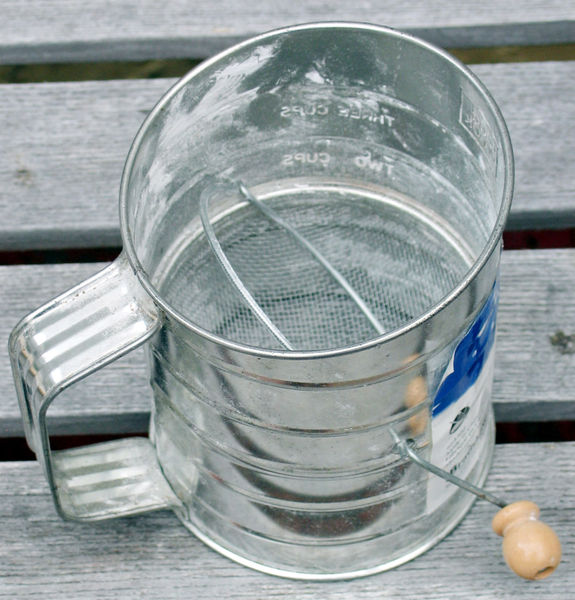From the lightest of soufflés to the densest of breads, the texture of the final product often hinges on how ingredients are prepared. One essential tool that plays a crucial role in achieving that perfect consistency in today recipes today is the sifter. Let’s delve into the importance of the sifter in the kitchen and how it can enhance your culinary creations.
What is a Sifter?
A sifter is a kitchen utensil used to separate and break up clumps in dry ingredients such as flour, sugar, and cocoa powder. It typically consists of a mesh screen that allows fine particles to pass through while keeping larger chunks behind. This simple tool can dramatically impact the quality of your baked goods.
Why Use a Sifter?
Improved Texture
One of the primary reasons to use a sifter is to create a lighter, fluffier texture in baked goods. When flour is packed, it can lead to denser cakes and breads. Sifting aerates the flour, incorporating air and making it less dense. This is particularly important in recipes where lightness is key, such as angel food cake or pancakes.
Removing Clumps
Over time, dry ingredients can clump together, particularly flour. A sifter effectively breaks up these clumps, ensuring that your mixture is uniform. This uniformity is crucial for even baking and cooking, preventing pockets of dry flour or sugar in your finished product.
Combining Ingredients
Sifting isn’t just for flour; it’s also an effective way to mix dry ingredients. When you sift flour with baking powder, baking soda, or cocoa powder, you ensure that these leavening agents are evenly distributed throughout the mixture. This results in a more consistent rise and flavor in your baked goods.
Improving Moisture Control
Sifting can also help to remove any unwanted moisture from dry ingredients, which is especially beneficial if you’re working with ingredients that have been stored for a while. Keeping your dry ingredients as dry as possible will lead to better results.
Presentation Matters
For recipes that call for dusting with powdered sugar or cocoa, a sifter helps create a beautiful presentation. The fine dusting adds an elegant touch to cakes and desserts, making them more visually appealing.
Types of Sifters
When it comes to sifters, there are a few different types to choose from:
Handheld Sifters
These are typically made of metal or plastic and come with a handle that you squeeze to activate a screen. They are portable and easy to use, making them a popular choice for home bakers.
Rotary Sifters
Rotary sifters use a hand-cranked mechanism to sift flour and other dry ingredients. They are efficient and can sift larger quantities at once, making them ideal for serious bakers.
Electric Sifters
For those who bake in large quantities or frequently, an electric sifter can save time and effort. These devices do the work for you, quickly and effectively sifting large amounts of flour and other ingredients.
Tips for Sifting
- Sift Before Measuring: If a recipe calls for a certain amount of flour, sift before measuring to ensure accuracy. This helps avoid using too much flour, which can lead to dense baked goods.
- Sift in Layers: For recipes that require multiple dry ingredients, sift them together to ensure they are well combined before adding to wet ingredients.
- Sift the Right Amount: Avoid sifting too much at once. It’s better to sift smaller batches, especially if you’re working with large quantities.
In conclusion, a sifter is an indispensable tool in the kitchen, especially for those who enjoy baking. Its ability to aerate, combine, and remove clumps from dry ingredients can significantly enhance the quality of your baked goods. Whether you opt for a handheld, rotary, or electric sifter, incorporating this simple yet effective tool into your today recipes today culinary routine will elevate your cooking and baking experience.
